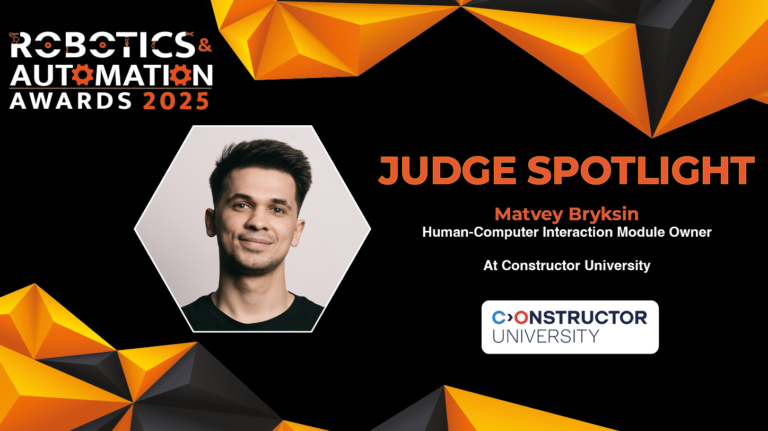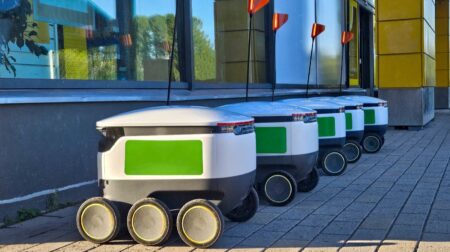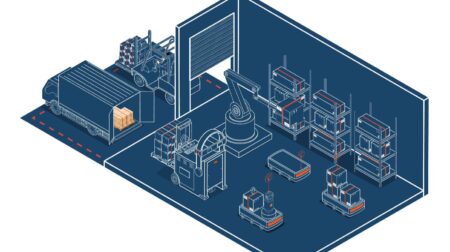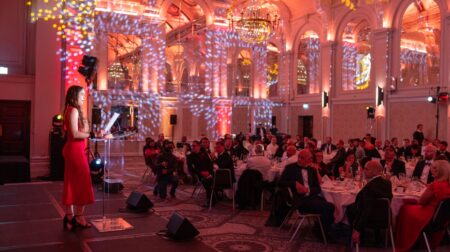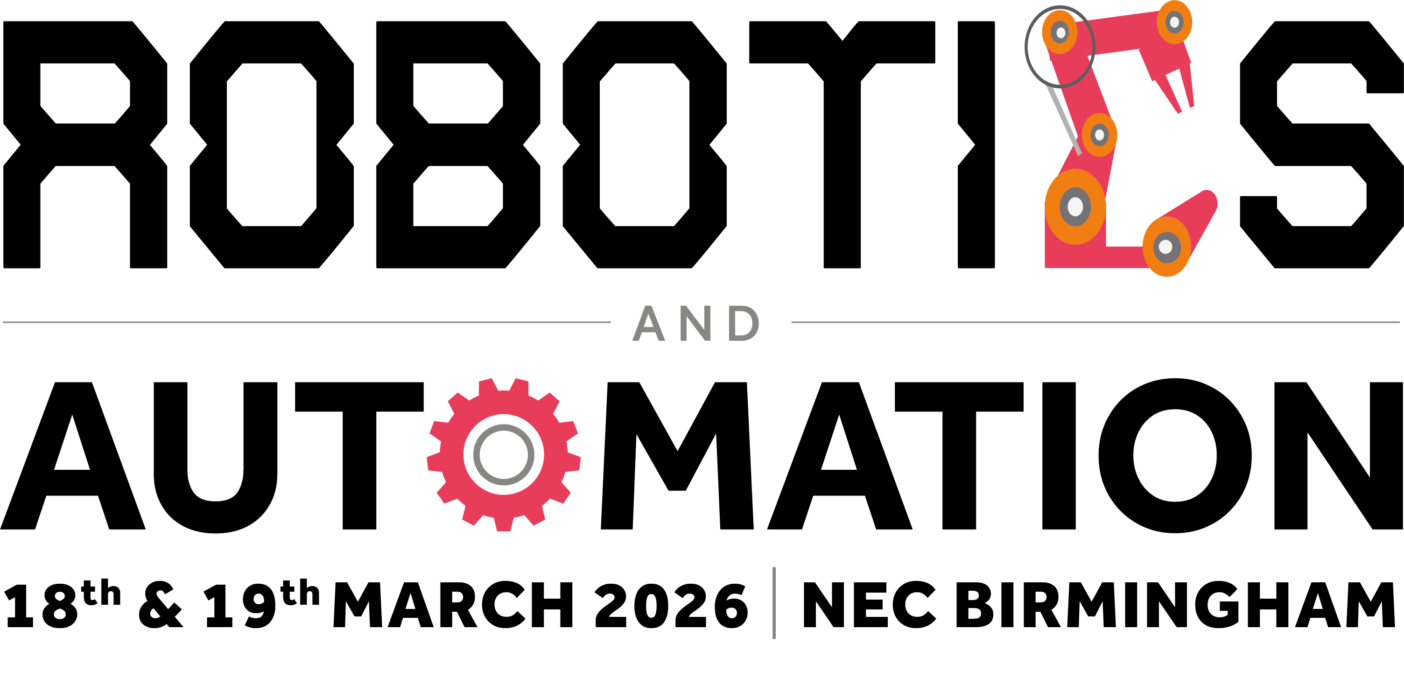With entries for the Robotics & Automation Awards 2025 now open, Robotics & Automation Magazine has launched an exclusive series of Q&A interviews with the expert panel of judges responsible for evaluating this year’s submissions.
Over the coming weeks and months, the magazine will spotlight each judge – a dynamic mix of thought leaders, technical specialists, and business strategists drawn from across the robotics, automation, AI and smart manufacturing sectors – to explore their backgrounds, industry outlooks and what they’ll be looking for in an award-winning entry.
From end users and integrators to researchers and investors, this year’s panel represents a diverse blend of practical and academic expertise – all of which will help identify the most transformative, scalable, and commercially viable innovations driving the next era of automation and intelligent systems.
Our next judge is Matvey Bryksin, the human-computer interaction module owner at Constructor University. He has been teaching about human-machine interfaces since 2018 at universities including Bremen Constructor University and Neapolis University Pafos, where he is currently employed.
Before that, he led the development of manufacturing execution systems for electric vehicle plants in the UK, building custom software for three fully automated factories. He focuses on automation for vending machines as a rapidly growing market and the design of industrial HMI panels for operators on the shop floor.
His work and research studies bridge digital technologies like AI and modern web development with robotics and industrial automation, aiming to make interfaces faster, smarter, and more usable in real-world production environments.
 Name: Matvey Bryksin
Name: Matvey Bryksin
Job title: Human-Computer Interaction Module Owner
Organisation: Constructor University
How does your professional background align with the Robotics & Automation Awards’ goal of recognising excellence in automation and intelligent technologies?
My background blends software engineering, automation, and human-machine interface design. I’ve worked on both the infrastructure and interface side of robotic systems, especially in high-speed production environments. What makes it relevant is how we integrate modern digital tools like AI, cloud systems, or web-based HMIs into industrial workflows. These awards are about recognising real progress in automation, and that’s what I’ve been focused on: applying tech in ways that speed things up, reduce cost, and improve usability for operators and engineers.
What current trends or technologies in robotics and automation are you most excited about, and how do you anticipate seeing them reflected in this year’s entries?
AI is clearly leading the shift. From automating industrial processes to accelerating software development itself, it’s changing how things are built and run. But alongside that, there’s a wave of modern UI technologies reaching the shop floor. Web-based HMIs, modular architectures, and agent-based systems are reshaping how automation software is designed. I expect to see more submissions that combine these elements: better interfaces, smarter systems, and architecture that allows for faster iteration and scale.
From your perspective as a judge, what qualities will distinguish a truly standout submission?
A few things stand out. First, cost-efficiency: how well does it scale without inflating spend? Second, real innovation. That could be a clever software approach, a breakthrough in UX, or a new way to solve an old hardware problem. Third, operator-centred design. Ergonomics and clarity in the user interface are still undervalued in many systems. Fourth, engineering simplicity. Anything that reduces setup time, code complexity, or maintenance is a strong signal. And finally, process speed. If it genuinely makes production faster or more agile, that’s a big tick.
How do industry awards such as these help foster innovation, investment and commercialisation in the robotics and automation sector?
Awards like these bring visibility to an area that’s often overlooked. Automation and robotics aren’t always front and centre, but they drive huge parts of the economy. When good ideas get recognised, they attract interest, talent, and funding. That creates momentum, not just for one company but for the wider industry. It’s also a signal to commercial partners that the solution isn’t just clever, it’s proven.
RoboDK is a great example. Unlike most vendors who keep development tools locked into proprietary environments, they built their system to run inside Microsoft’s Visual Studio Code. That completely changes how developers interact with automation software. You can use Python, C++, or any language you’re comfortable with, all in a familiar and open IDE. It’s flexible, extensible, and modern. This influenced others, like Siemens SIMATIC AX, to release their IDEs based on VS Code. It’s a great example of software principles being applied to industrial tooling in a way that actually sticks.
Focus on the bigger picture. Frame your solution in terms of the wider impact, not just what it does, but why it matters. Make it measurable. If you’ve reduced cost, sped up processes, or improved user experience, say how. And don’t forget to position it in the market. What gap does it fill? What are others doing, and why is yours better? Clear framing, measurable impact, and clear differentiation go a long way.
Achievements and innovations in retail and e-commerce, healthcare and pharmaceuticals, food and beverage, automotive, transport & logistics, and more will be celebrated at the Robotics & Automation Awards on 29 October 2025 at De Vere Grand Connaught Rooms in London. Visit www.roboticsandautomationawards.co.uk to learn more about this unmissable event for the UK’s robotics and automation sectors!

